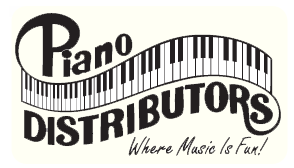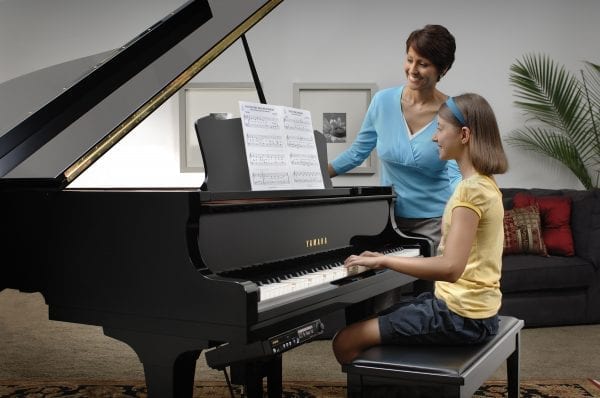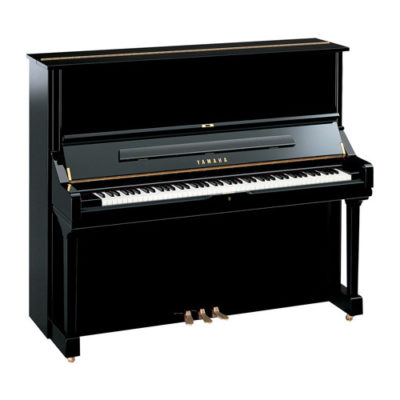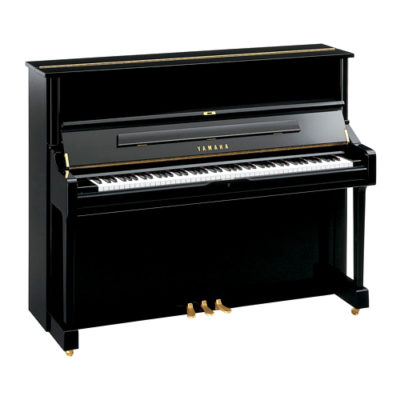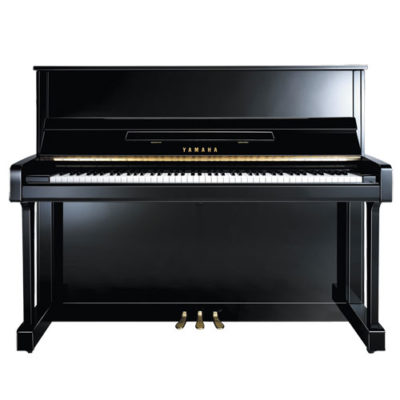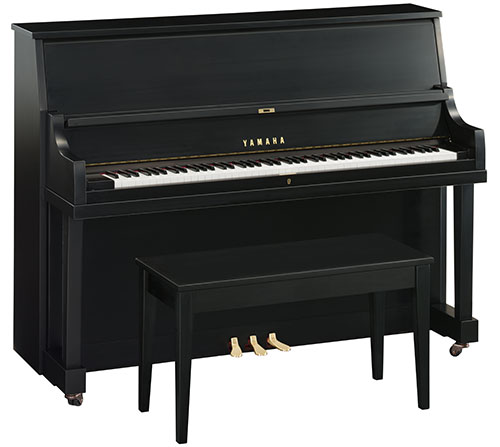Gray Market
Gray Market
FOUR THINGS YOU NEED TO KNOW ABOUT GRAY MARKET PIANOS (By David Durben)
“BUYER BEWARE” TAKES ON NEW MEANING WHEN IT COMES TO THESE INSTRUMENTS.
Have you ever heard the term “gray market piano”? Many people shopping for pianos may come across this phrase when doing research online or speaking with a dealer. Shopping for a new piano can be a daunting task, and if you have little (or no) experience buying one, it can be easy to be misdirected by sellers offering gray market pianos – instruments purchased in large quantities in Japan or other Asian countries, packed into shipping containers, and then brought into the United States for resale. They may be great instruments in excellent shape – and they often come with an attractive price tag – but before you jump at the opportunity to buy one, there are a few things you need to know:
1. You may be looking at major repair problems down the road. Only a handful of piano makers, including Yamaha, build pianos specifically for the three major world markets: Asia, which is a moist climate; Europe, which is fairly dry by comparison; and the U.S., which is considered to be extremely dry. (Keep in mind that we are talking about the INDOOR climate, as opposed to outdoors.) In winter, heating systems remove substantial moisture from the air, and in summer, air conditioning systems also lower the humidity. In addition, American homes tend to be better insulated than homes in many other countries, further isolating the interior from whatever moisture might be in the outside air.
The problem is that, when a piano that’s intended for a moist climate is placed in a dry environment, there is the likelihood that its structural integrity will be threatened as the wooden parts lose moisture. This in turn can cause warping of case parts, cracks in the soundboard and/or loose tuning pins. And while soundboard cracks are often only cosmetic in nature, loose tuning pins will have a direct effect on the ability of the piano to hold its tuning. If that happens, the only practical solution is to re-pin the piano with oversized tuning pins – a procedure that typically comes with a fairly high price tag, since it often encompasses re-stringing the piano too. That’s why, when Yamaha builds pianos destined for the U.S., it seasons the critical wooden components – including the soundboard, bridges, ribs and pin block – by drying them to a much lower moisture content using computer-controlled kilns and other advanced manufacturing technologies.
2. Lack of warranty. There is absolutely no factory warranty coverage on gray market pianos, so if you ever need any of the (likely, and likely expensive) repairs cited above – or any other repairs, for that matter – you’re strictly on your own.
3. “New” may not really be new. Many gray market pianos represented as “new” are actually used pianos that have been reconditioned by independent piano shops. Others have been sold to third party entities, who then ship the products into the U.S. for unauthorized sales.
4. Replacement parts can be difficult to find. It’s always a good idea to verify the true origin and backstory behind any major purchase. You wouldn’t buy an existing house or a used car without trying to learn all you can about its history, would you? The unfortunate reality is that you won’t ever truly know everything about a gray market piano, ranging from its cabinet style and finish to its year of manufacture and/or internal components. There are many models and styles of piano built for other areas of the world that are quite different from those sold in the U.S. As a result, finding parts can become a rather complicated affair for the owner of a gray market piano since even the manufacturer may be unable to assist you.
If you or someone you know is being offered a gray market Yamaha piano, or if you want to verify whether or not your Yamaha piano was built for use in the United States, you can use our free serial number finder tool available here.
